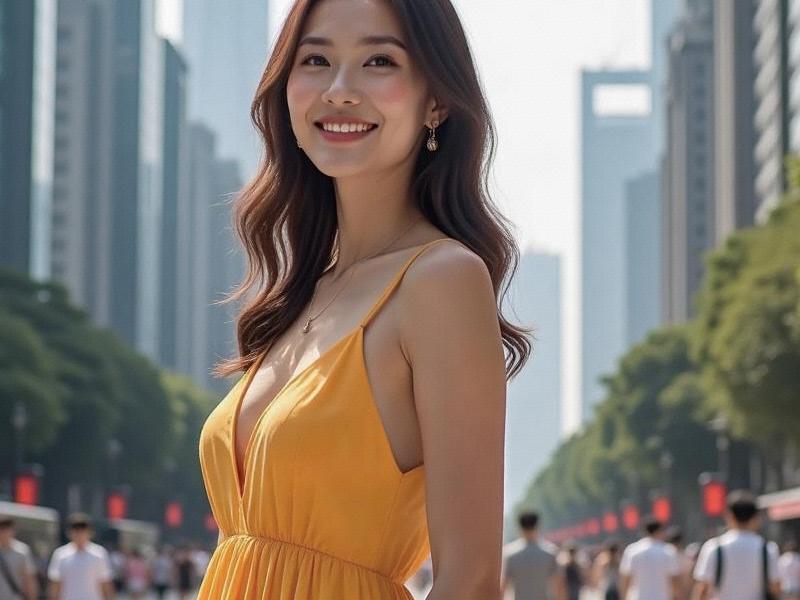Shanghai's Modern Muses: How the City's Women Are Redefining Chinese Femininity
⏱ 2025-06-20 00:59 🔖 上海神女网
📢0℃

The Shanghai Look: More Than Meets the Eye
At 8:15 AM in the Jing'an Temple metro station, a fascinating fashion parade unfolds. Office workers in tailored qipao-inspired dresses stride alongside avant-garde artists in deconstructed silk outfits, while tech entrepreneurs sport minimalist looks with smart accessories. This daily spectacle reveals how Shanghai women have transformed local beauty standards into a globally influential aesthetic movement.
Historical Foundations
1. 1920s-1940s: The Golden Age
- Shanghai's "Modern Girls" (摩登女郎) phenomenon
- Fusion of Chinese dress with Western silhouettes
- Emergence of beauty parlors and fashion magazines
上海龙凤阿拉后花园 2. 1980s-2000s: The Reform Era
- Return of femininity after Maoist uniformity
- Japanese and Korean beauty influences
- First generation of female entrepreneurs
3. 2010s-Present: The Global Stage
- "Haipai" (海派) style renaissance
- Sustainable fashion movements
- Digital influencer economy
上海龙凤论坛419
Contemporary Manifestations
- The Finance District Power Dresser: Blending cheongsam elements with Armani tailoring
- The M50 Creative: Experimental looks mixing traditional embroidery with streetwear
- The French Confluence Intellectual: Vintage Shanghai glamour meets Parisian chic
- The Tech Park Innovator: Functional fashion with smart fabric technology
Economic Impact
- Shanghai's beauty industry valued at ¥87 billion
上海花千坊419 - Local cosmetic brands capturing 38% domestic market
- Female-led startups increasing by 22% annually
- Luxury retailers designing Shanghai-exclusive collections
Cultural Significance
- Redefining "appropriate" workplace attire
- Challenging traditional marriage expectations
- Curating hybrid East-West identities
- Digital platforms amplifying diverse beauty standards
As Shanghai positions itself as a global fashion capital, its women continue to craft an authentic urban femininity that respects cultural roots while embracing progressive values - proving true beauty lies in confident self-expression rather than rigid conformity.
《梧桐深处:解码上海的城市文化基因》弄堂里的上海心跳:从石库门到城市更新的千年烟火密码Shanghai's Beauty Revolution: How Local Women Are Redefining Chinese AestheticsShanghai After Dark: The Metamorphosis of China's Premier Entertainment DestinationShanghai Women: The Epitome of Modern Chinese FemininityThe Shanghai Modern: How China's Cosmopolitan Women Are Rewriting the Rules石库门密码:解码上海市民精神进化史Exploring Shanghai's Entertainment Venues: A Guide to the City's Vibrant Nightlife and Cultural SceneSilicon Bund: How Shanghai Became the Neural Network of AsiaThe Velvet Revolution: How Shanghai's Nightlife Industry Went Upscale

